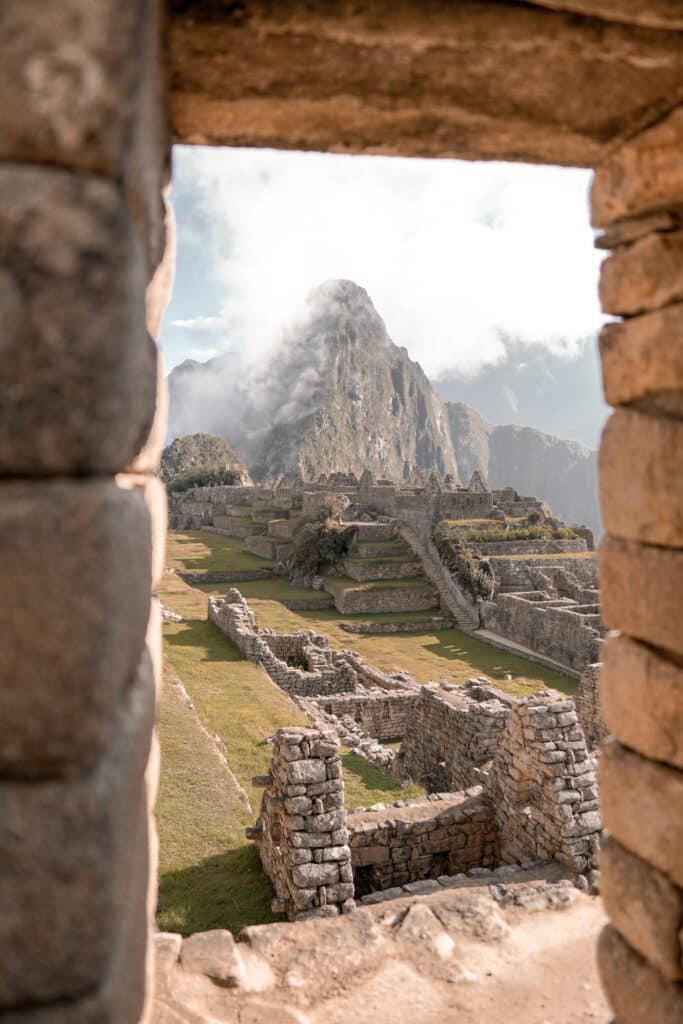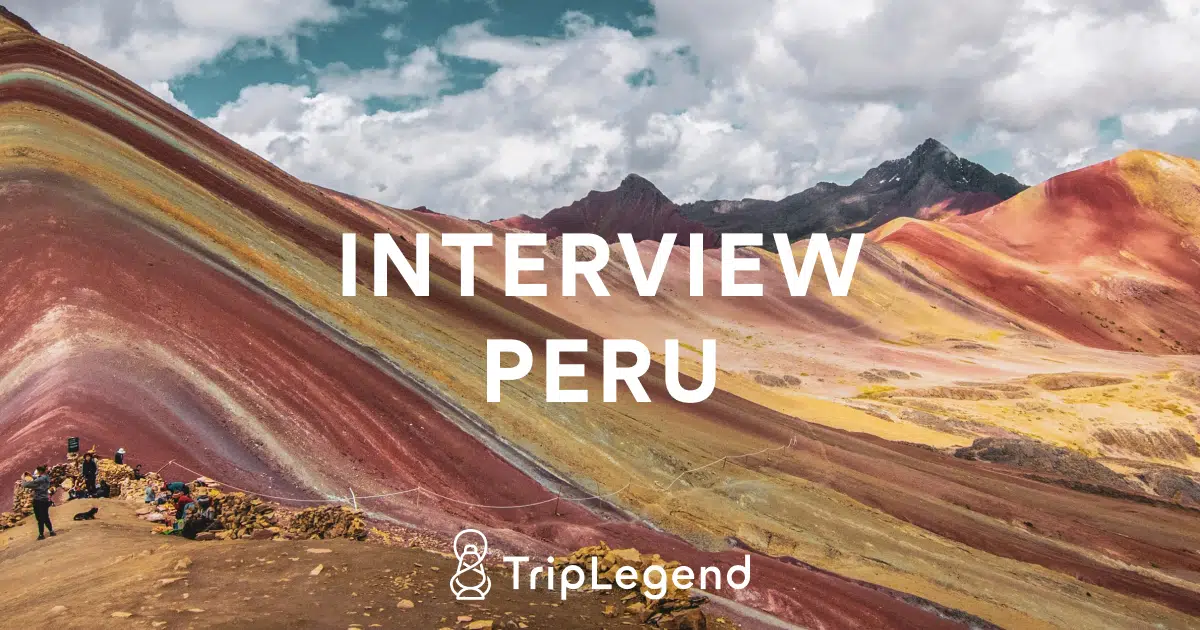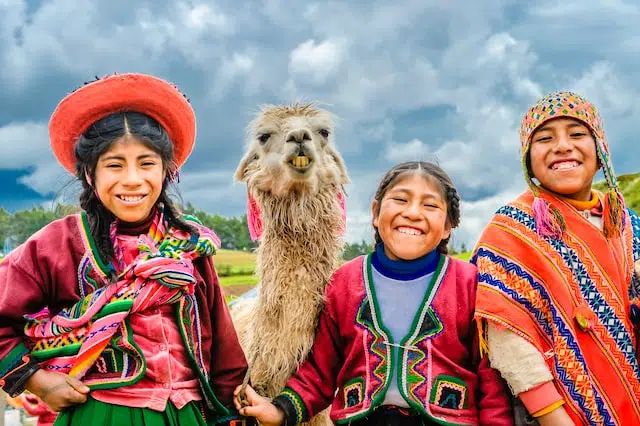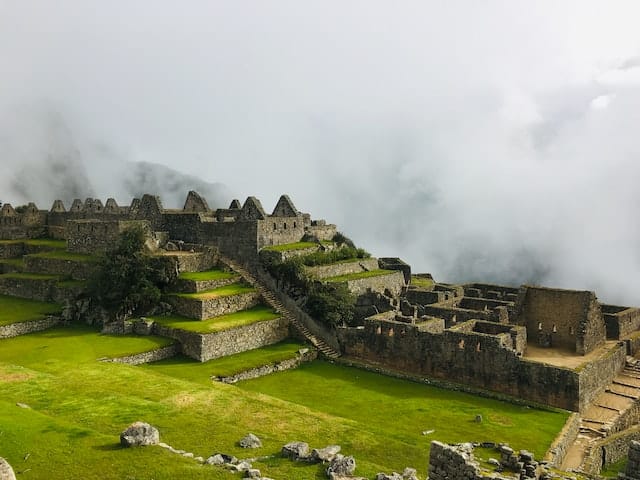In the TripLegend interview Janina from PromPerú 11 questions about the sustainable future of tourism in Peru and what makes the South American country particularly worth seeing. Discover their expert tips on what other exciting highlights you can experience besides Machu Picchu.
Question 1:Can you say a few words about yourself and your role in tourism in Peru?
My name is Janina and I have been working for PromPerú Germany in Hamburg since 2017. The commercial Office of Peru in Hamburg belongs to the Peruvian Commission for Export and Tourism Promotion. I am a tourism consultant and actively contribute to the destination marketing for the country of Peru here in Germany. You can find me at trade fairs, roadshows, B2B Peru evenings, congresses & workshops. My latest project, which was created during the pandemic, is the "Entdecke Peru" podcast! For me, Peru was love at first sight! After my studies, I worked for 5 years in a leading incoming agency (DMC) in Lima. During this time I got to know the country and its tourism infrastructure very well and learned to love the people and the culture of Peru.
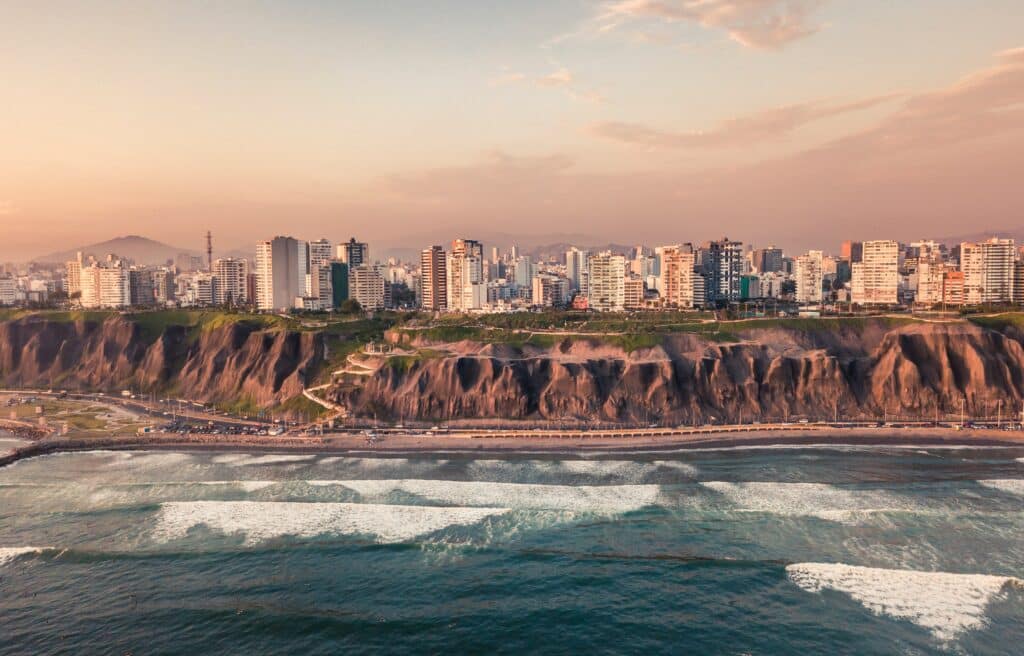
Question 2: What goals do you pursue with your work?
We want to bring Peru forward. Through our work here in the Peruvian commercial office in Hamburg, economic relations are created, strengthened and cultivated. We see ourselves as a bridge between Peru and Germany and help the two markets come together. Of course, this also applies to the tourism sector. Tourism is an important pillar of the Peruvian economy and considering the future challenges, we see that German vacationers are very receptive to active, adventure and community tourism, we want to convince them of our destination. Because also in Peru sustainable vacation is possible.
Question 3: What is the importance of tourism for the local community?
Tourism has a special importance in Peru’s local communities. New economic opportunities provided by private enterprises in the tourism industry are helping communities, especially those in remote locations, improve their quality of life, and maintain centuries-old cultural traditions. There are numerous stories of how Peru and its people are helping to advance, and are benefitting from, sustainable tourism initiatives throughout the country.
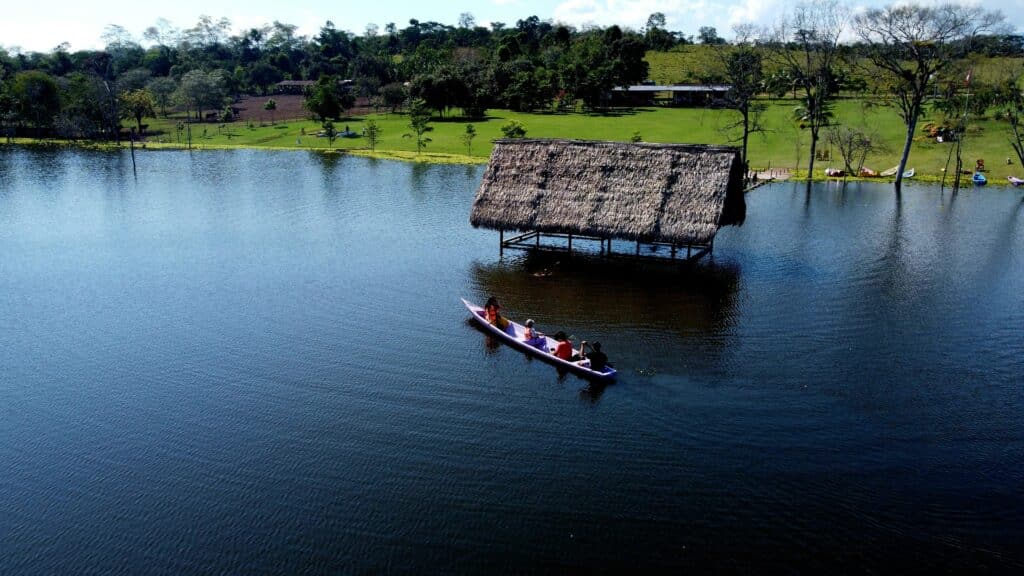
Question 4: Some regions particularly benefit from tourism. Are there regions that should be put in the spotlight to let those locals benefit from tourism as well?
Local communities offer activities that take place in rural areas - where there are many highly attractive natural destinations - in a planned and sustainable way. Community-based tourism is a type of tourism that is based on the participation of local populations organized for the benefit of the community. Here are a few examples of such communities.
In Arequipa, the town of Coporaque, also known as the evergreen town, is a peaceful town that charms visitors with its customs and traditions. Its trails and countryside are ideal to enjoy the privacy of a perfect place to create memories.
One of the most incredible community tourism experiences in Peru is in Cusco, and it is located in Patacancha or “Incas vivientes” (living Incas). This magical and colorful place invites you to know a culture expressed in its crafts and agricultural and livestock activities; but above all through the smile and warmth of its people.
In Puno, where the waters of Lake Titicaca brush the clouds, Amantaní enchants with its hundreds of cantuta flowers. Here you can learn from the locals the history that protects the island and that is felt in every corner through its ancestral ceremonies or just observing the landscape.
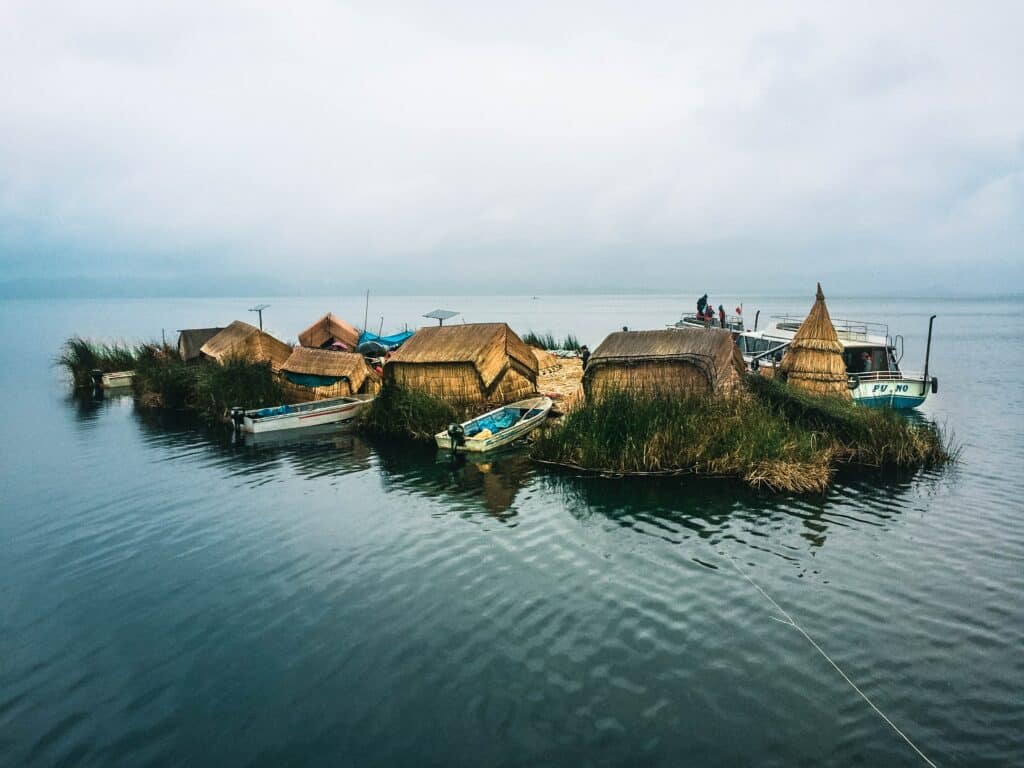
Question 5: UNESCO recommended a visitor limit to protect the world heritage site of Machu Picchu. Is it essential to focus more on protecting and preserving valuable cultural sites?
Yes, it is essential to focus more on preserving valuable cultural sites. Peru has 13 sites inscribed on the World Heritage List of UNESCO, and 8 of them are under the category of Cultural Heritage.
One of them is of course Machupicchu, inscribed under the category of Mix Heritage (cultural and natural). The others are: Cusco City, Chavin de Huantar, Huascaran National Park, archaeological complex of Chan Chan, Manu National Park, Abiseo River National Park, Historic Center of Lima, Historic Center of Arequipa, Lines of Nazca, Qhapaq Ñan, Sacred City of Caral and the solar observatory of Chankillo.
So we need to protect and preserve these and many other cultural sites in the peruvian territory, because they are not only important for our country, but for the whole world, and must be preserved for the future generations. These valuable sites allow us to promote the access to cultural diversity, enrich our social capital and shape a sense of belonging on a collective level.
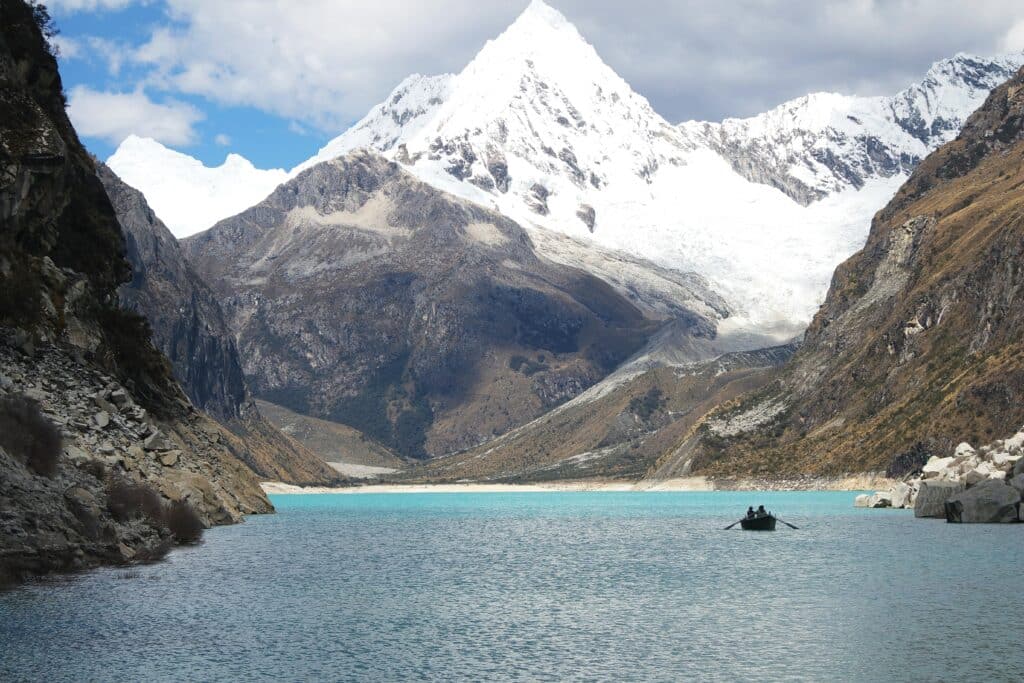
Question 6: Where is Peru already doing well, and where does it still have room for improvement in developing sustainable tourism?
Peru is doing well in developing sustainable tourism. One aspect to highlight is the fact that Machu Picchu recently obtained the Carbon Neutral certificate, positioning itself as a global reference in terms of sustainability. Machu Picchu is the first Wonder of the World and the first international tourist destination to gain this certification, given by the Green Initiative, an institution appointed by the United Nations that seeks to promote green and environmentally friendly tourism. This was possible thanks to the efforts of the public and private sector, with Inkaterra and AJE Group working together with the District Municipality of Machu Picchu.
The success is based on different measures. One of them is the advances in circular economy through recycling and the project "One million trees for Machupicchu". In the frame of this initiative, 300 000 trees have already been planted. And the plastic bottles that visitors used are compressed to retire a considerably larger load each time. The glass bottles are turned into sand, which is re-used in the building of households. The hundreds of liters of used kitchen grease produced in the restaurants nearby, are used to elaborate biodiesel to feed the touristic buses. The objective for 2030 is to reduce carbon emissions by 45%, and for 2050, to be 100% neutral from a climate point of view.

Another aspect that stands out has to do with Inkaterra, the first hotel brand in the world recognized as ‘Climate Positive’ by the Green Initiative. Inkaterra has created a replicable holistic model that looks to improve the quality of the flora, fauna and local communities in Peru. All their hotels - located in the cloudy forest of Machu Picchu, the Amazon rainforest and the streets of Cusco - are made with native materials, in harmony with the environment.
The aspect where there is room for improvement is pretty clear. It’s essential to replicate the efforts made in Machu Picchu in other tourist attractions and regions of the country. This can only be achieved if the public and private sector work together.
Question 7: Is sustainable tourism already entirely accepted in the country? And what needs to happen to be at the forefront here?
Peru has been committed to advancing sustainable tourism for many years. The work being done by the government, private enterprise and NGOs here is exemplary in terms of protecting natural resources, preserving cultural heritage and promoting fair and just economic development.
The national government of Peru has historically recognized the significance of our natural resources. Today 17.51% of our country is a natural protected area. Peru boasts 76 Natural Protected Areas, 21 Regional Conservation Areas and 134 Private Conservation Areas (PCAs). These PCAs are especially significant because they exemplify how government and private citizens can successfully work together toward a common goal.
Question 8: Many countries have questioned their tourism strategies during the pandemic and now want to improve them. Is this turnaround a new opportunity for Peru?
Peru is a great place for the “new normal” and now is the time to highlight the country’s endless list of natural destinations. Peru is synonymous with nature, whether for its vast Amazon rainforest, marine wealth, Andean valleys, canyons, mangroves, wetlands and much, much more.
When it comes to natural wealth, it would be impossible not to mention the Peruvian Amazon, especially the regions of Loreto and Madre de Dios. The exotic landscapes of the Peruvian Amazon are quite an experience! Here travel is all about walking, observing and listening to Mother Nature. When you walk along the Amazon’s trails, the entire forest is revealed as you pass by. If you look carefully, you will see how trees compete with each other in search of sunlight; and if you listen carefully, you’ll discover flocks of macaws or troops of monkeys moving quickly through the treetops.
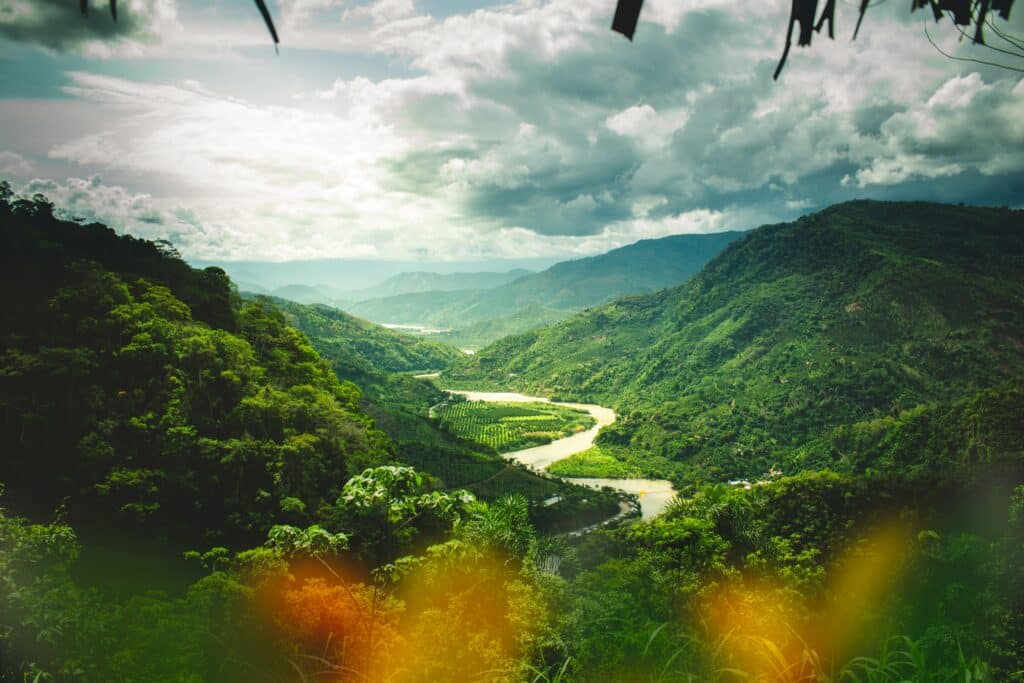
Question 9: More countries are turning to digital nomads by creating relevant infrastructures. How does Peru manage to make itself attractive to this audience?
First of all, in Peru there are coworking/temporal offices where digital nomads can work and have meetings, such as DyD Coworking, The Workshop Coworking, Lima Coworking, CoWorking Arequipa Works and Ayni Center (this last one is in Cusco).
Additionally, it’s important to mention there are two hotel chains that are ideal for digital nomads: Casa Andina and Selina. Casa Andina offers installations counting with everything that digital nomads need to do their job, and at the same time have a cozy stay. In all of their hotels, located in more than twenty destinations, they can find spaces of coworking, good Wifi connection and comfortable rooms.
Selina specializes in creating unique ecosystems for digital nomads. All their installations have coworking spaces with an excellent internet speed. Since their community is so diverse, they saw the opportunity to create the program Community Residente (Resident Community), that since looks that remote workers from all over the world create a programing complying the pillars of communication, conexion and trips to achieve the sense of community and the real networking between local communities and travelers. Selina has facilities for digital nomads in Lima, Mancora, Arequipa, Cusco and Huaraz.
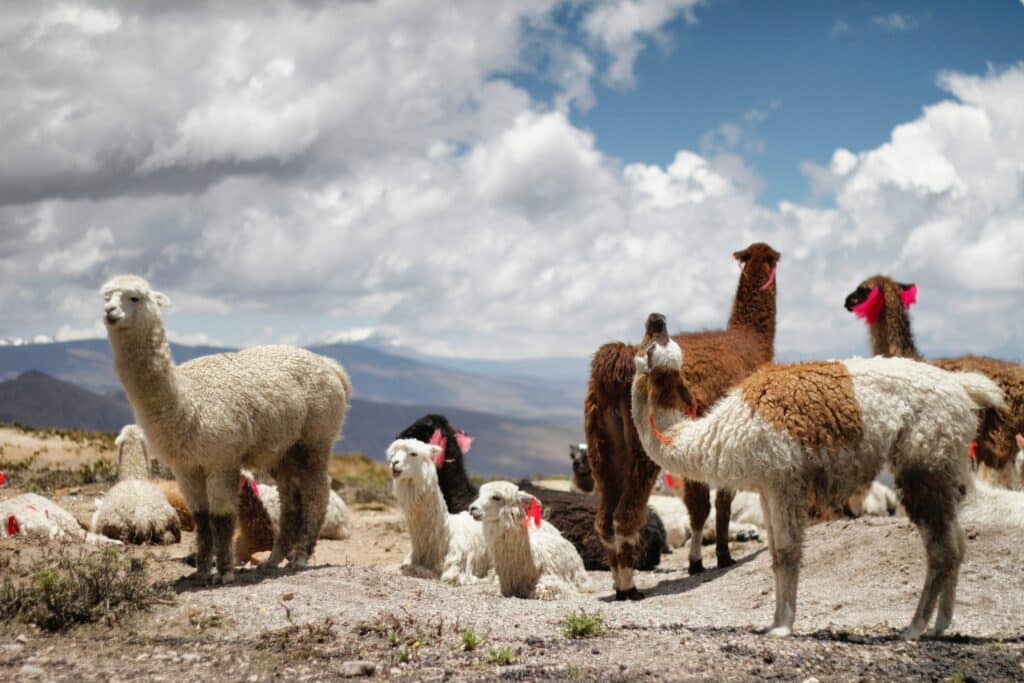
Question 10: Why should people come and visit Peru? What should be on their travel bucket list?
Visitors enjoy in Peru a wide array of natural and cultural wonders. From the Andes to the Amazon, the culture of the Incas to that of the Spanish, Peru is rife with sustainable tourism attractions and experiences.
The cultural treasures of Peru are quite impressive and they should definitely be on every traveler’s bucket list. Peru is rich in cultural offerings from its indigenous people in traditional garb to its 3,000 different festivals, from its iconic ancient archaeological sites – such as Caral, the oldest city in the Americas or Chan Chan, the largest adobe brick citadel in the world, and mysterious desert glyphs – the Nazca lines. Beautiful colonial cities, such as Trujillo, Arequipa or Cusco, bristle with contemporary energy from cutting-edge artists, designers, architects and, of course, chefs.
One experience not to be missed in Peru is its gastronomy. Thanks to its natural megadiversity, blessed land, and different microclimates, the South American country is one of the world's superfood pantries. The cuisine of Lima, North Coast, Amazon, Arequipa, and the Andean and Novo-Andean cuisine awaits to come to your table to live a unique gastronomic experience.
Question 11: What is the "Discover Peru" podcast all about?
In the German podcast “EntdeckePeru” we want to bring the listeners closer to the country of Peru. We not only talk about tips on travel routes but also cover topics such as gastronomy, textiles, chocolate, coffee, wine, our national drink Pisco or ingredients from Peru that find their way into natural cosmetics on the German market. With the podcast you discover Peru simply in a very special way, because in almost every episode there is a new interesting interview partner who takes you to Peru. In addition, the episodes are accompanied by content on Instagram and Facebook and give an even deeper insight, because with pictures you can imagine things you hear even better.
Thank you for the interview, Janina!
If you're curious now, check out Promperu on Instagram or have a look at the TripLegend Peru Adventure an. Book the adventure of a lifetime in one of the most exciting countries on earth and experience the culture more authentically than ever before.
